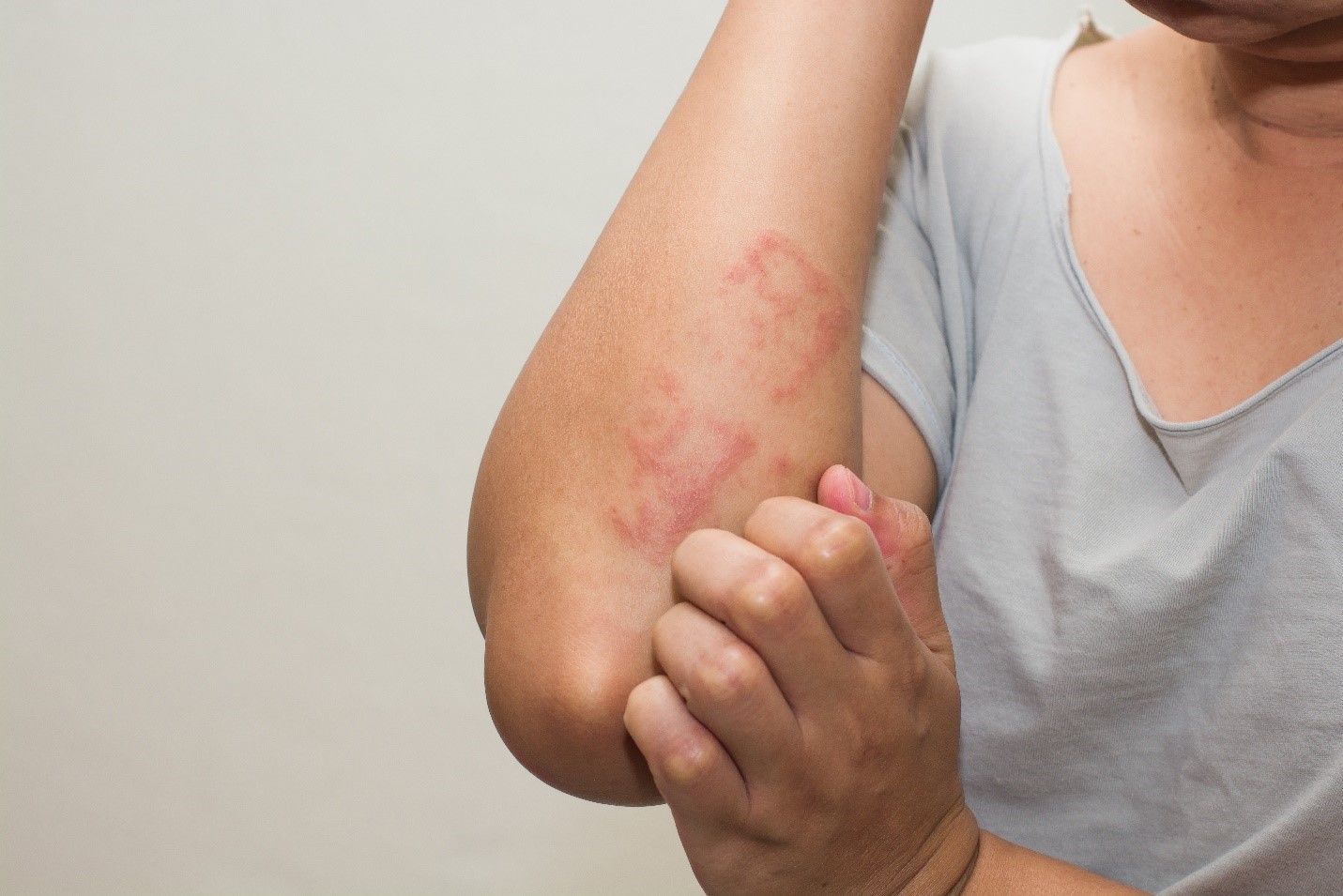Chocolate allergies can have severe symptoms, but many people don’t know they’re allergic. Whether you have a severe allergy to chocolate or just a slight sensitivity, here are some simple ways to ease your chocolate allergy symptoms. Stop eating the chocolate you can’t eat. Stop eating the chocolate you can’t eat. Don’t eat it if you don’t know what kind of chocolate contains a particular ingredient.
What’s a Chocolate Allergy?
People allergic to chocolate can experience breathing difficulties, rash, hives, nausea, vomiting, or life-threatening anaphylaxis. A chocolate allergy is when someone reacts adversely to the cocoa in chocolate. Cocoa in chocolate is a complex mixture of caffeine, phenylethylamine, and flavanol theobromine.

Things you should keep in your Mind
- What are the symptoms of a chocolate allergy?
- What is anaphylaxis?
- How does someone become allergic to chocolate?
- What other foods can someone who is allergic to chocolate eat?
- What are other names for a chocolate allergy?
- What are the best ways to avoid a chocolate allergy?
- What types of chocolate are safe for people with a chocolate allergy?
How Is Chocolate Allergy Treated?
Eliminating all chocolate from the diet may be done for someone with a confirmed allergy to chocolate. It removes all chocolate from the diet. This may eliminate some of the symptoms of an allergic reaction but may also lead to other complications.
Relief for Chocolate Allergy Symptoms
Chocolate is often eaten as a way to bring relief to allergy symptoms. This recipe will give you relief from your chocolate allergy symptoms. If you are a food-allergic person, you can also try those rich in magnesium. Drinking plenty of water and getting enough sleep is also essential.
Symptoms and treatments of chocolate allergy
A reaction to chocolate includes skin rashes, swelling, and difficulty breathing. The only known cure is an allergy pill that counteracts the allergic reaction. Symptoms of a chocolate allergy include skin rashes, swelling, and difficulty breathing. If you or your child develops any of these symptoms after eating chocolate, seek medical attention immediately. If you think you or your child has a chocolate allergy, request that the food be removed from the table. If you are unsure, ask the server to check with the kitchen. Keep a record of any allergic reactions your child has. In the case of a severe reaction, call 911 or your local emergency number right away.
Different types of chocolate allergy tests
The most common allergy test for chocolate is a skin prick test. A skin prick test checks for any allergic reaction to substances on the skin, usually allergic to an insect bite. An allergist will insert a small needle at different points on the skin and inject a small amount of the substance under the surface. The allergist will then wait around 15 minutes to see any sign of a reaction, such as a hive or redness. If the allergic reaction does not happen, then the test is complete. If a reaction does occur, your doctor will see you again and do another set of blood tests to check your levels of IgE and IgG.
Causes of chocolate allergy
A person may develop a chocolate allergy for many reasons. For example, the person may have overeaten chocolate over time, which caused the body to produce more antibodies to fight it. Some people may be allergic to the specific chemical compounds in chocolate. Some people might be sensitive to the caffeine in chocolate or may have an allergy to one of the other foods in chocolate, such as milk, nuts, or soy. Some people may also be allergic to a particular plant in some chocolates.
How do you diagnose a chocolate allergy?
A chocolate allergy is usually diagnosed after a skin prick test to see if you have an allergic reaction. The skin prick test inserts a needle or pinpricks into the skin to release a minor allergen. A healthcare provider will use a small device to measure your skin’s reaction to the allergen. The results of the test are usually available within 15 minutes. If you have a severe allergic reaction after the test, you may be given medication to help reduce your symptoms.
Is it possible to outgrow a chocolate allergy?
A person’s body can react to proteins in chocolate differently as they age, leading them to develop a chocolate allergy. Can one outgrow their chocolate allergy? It may be too soon to tell. A person’s body can react to proteins in chocolate differently as they age, leading them to develop a chocolate allergy. While there are cases of children developing an allergy to chocolate, it is not the norm for adults to build one. When diagnosing a possible chocolate allergy, a healthcare provider will consider the person’s age suspected of having an allergy.
How long do chocolate allergy symptoms last?
How long are chocolate allergies?” is a question that has no one answer, but dark chocolate may be the safest for you to consume if you’re allergic to milk. Chocolate is full of allergens, and it is difficult to determine what you’re allergic to. The first sign of a milk allergy can manifest as a rash or asthma attack, while a peanut allergy might cause a runny nose or itchy eyes. If you suffer from a chocolate allergy, it is unlikely that you will experience any of these signs. When you’re suffering from a chocolate allergy, your symptoms can be mild or severe.
Conclusion
Chocolate is usually made with cocoa powder or unsweetened chocolate. Cocoa powder is made by grinding cocoa beans into a powder that contains sugar, fat, and protein. Unsweetened chocolate is made by adding cocoa butter to ground cocoa beans. The primary difference between cocoa powder and unsweetened chocolate is that cocoa powder is sweetened with sugar. Cocoa beans are naturally gluten-free, but processing may introduce gluten cross-contamination.



